Portainer has long been on the lists of best Docker tools that you can use in the home lab and in production environments. REcently, they have announced the new Portainer 2.33 LTS version has been released. It is folding in many of the new features contained in the recent STS builds and bringing these into the long term stable release that is now production ready. Let’s break down what is new, and highlight some of what I think are the best new features for home lab and production environments.
What is Portainer?
In case you have never heard about Portainer before. I think it is arguably the best container management solution out there at this time. It has been around for quite some time and many have it running in their home lab environment. It has helped many to get control of their Docker environments and manage these in a way that really makes managing containers like managing VMs in something like vSphere – just point and click.
However, it is not just a Docker container manager for Docker workloads. It has grown into something that can manage many different types of environments, both on-premises and in the cloud. Take a look at the Environment Wizard screen in Portainer 2.33 LTS to see what environments you can manage.
Note the environments:
- Docker standalone
- Docker Swarm
- Podman
- Kubernetes
- ACI
- Provision KaaS Cluster (deprecated)
- Create a Kubernetes cluster (on your own hardware)
LTS vs STS and what these are
Before we dive into features, let’s talk about why this is a milestone release. Portainer ships out both an STS and LTS build. STS releases are the release branch from Portainer that gives you the newest bleeding edge features most quickly. However, the STS releases are intended for evaluation or less critical environments. LTS builds, like 2.33, are the releases that consolidate everything tested in prior STS versions and polish it for production.
So, if there have been new features in the STS builds that you have been holding off on until these get to LTS trim, 2.33 is the safe release to jump to. For organizations, the LTS track is the version you want to bet on for production deployments. For home labbers, while the STS builds are probably perfectly fine, the LTS build is where you get stability alongside all the exciting features from the STS build.
New branding
One of the first things that stands out when you get your hands on the Portainer 2.33 LTS build is the new branding that has been implemented. The original Portainer branding has gotten long in the tooth. Starting with 2.32, the interface has been refreshed with a more modern look. Version 2.33 LTS brings the first look at the new styling into the LTS branch.
Now, the UI is cleaner and more consistent, which helps to align the tool with the changes that Portainer has also been implementing on their website. I have found so far, the new look does help to improve usability. I think it helps to make sure the management experience is better as well as other quality of life improvements for the tool which many use daily, especially in production.
Below are just a couple of screenshots from the redesigned interface, nothing extremely major, but definitely a face lift.
Dashboard of Portainer 2.33 LTS. You know you are working with the latest release since we see the Observability > Alerting feature available.
Experimental observability
This is a feature that I have been looking for, for quite some time now and that is alerting. In Portainer starting in version 2.32 and now available in the LTS branch, the new Observability module lets you configure notifications for certain environmental conditions that present themselves in your containerized environment.
You can send alerts to:
- Slack
- Webhook
- Microsoft Teams V2
So, what this means is you can get instant notifications when something fails without need to try to integrate other monitoring stacks in with Portainer, like Prometheus and Grafana. Enterprise environments will especially benefit from this new feature in particular as it will allow tapping into existing alerting and communication solutions that are already in the environment.
However, it is worth noting that this feature is still billed as an “experimental” feature that is in an early prototype phase. So, you will likely want to continue to rely on other monitoring stacks until the feature matures to a production-ready feature in a future Portainer release. That said, it is very cool to see Portainer moving more into a monitoring and alerting space with containerized environments as these go hand-in-hand with the other functionality the tool provides.
Turning on Portainer 2.33 LTS observability
There are just a couple of steps to turning on the Portainer 2.33 LTS observability. When you first navigate and click on the Observability > Alerting menu, it will take you over to the Portainer settings screen under the Experimental features to ask you to enable the new Observability feature.
Toggle on Enable Observability:
Under Rules, you will see the default alerting rules that are in place out of the box in Portainer 2.33 LTS.
Clicking on the Settings tab under Alerting, you can Edit the default “internal (System)” entry.
Under here, is where you can +Add Your First Channel which allows you to add an alerting solution to your Portainer installation.
This will bring up the Edit Alert Settings screen where you can drop down the Notification type dropdown menu and select from Slack, Email, Webhook, or Microsoft Teams V2.
Helm has been overhauled
One of the other major new features found in Portainer 2.33 LTS is the new Helm management. Helm is by far, the most popular way to package and deploy Kubernetes applications and now the new Portainer 2.33 LTS interface makes managing it much easier. What is new in this release with helm?
Helm details page shows the deployment status, history, and configuration with the ability to view revision history. You can upgrade chart versions, and roll back if needed
Config diffing feature – You can compare the current deployment with previous revisions. Chart loading and refreshing. There is now faster chart loading and manual refresh options.
Configure chart sources – Now, you know where each deployment came from and you can configure custom chart sources.
Portainer has also integrated the Helm SDK. This is an improvement from simply relying on the Helm binary. This is similar to what Portainer did with the move away from the Docker Compose binary in previous versions. It helps to improve security overall and reduces the attack surface and helps with performance.
Those who are running Kubernetes in the home lab or in production will find this new Helm functionality a major boost in their productivity with Kubernetes. Helm can be tricky to manage via CLI. So now, Portainer now provides a visual way to track and control your applications, making this much easier to do.
Support for OCI-Format helm charts
As part of the updating of helm functionality in Portainer 2.33 LTS, it introduces support for OCI-format Helm charts. These charts can be stored in OCI registries like Docker images. Portainer can now talk to these registries directly.
If you’re already using OCI registries for container images, this will make your workflows with Portainer 2.33 LTS easier and use the same infrastructure to host your Helm charts. This includes easier version tracking and consistent deployment across environments.
New Kubernetes RBAC Role Namespace Operator
Kubernetes administrators will appreciate a newly introduced role, the new Namespace Operator role. It is identical in permissions to the existing Operator role but the key difference is that it applies only to specific namespaces instead of the entire cluster.
This new role will be helpful in multi-tenant clusters or if you want to give developers what they need without granting access to the entire cluster. This is a small tweak but it will help from the admin side to have more flexibility and granularity in how these permissions are assigned.
Update and rollback for Edge Devices
Another area where things have improved is the ability to update and rollback the management of edge devices. In Portainer 2.33 LTS, you get more details per device reporting and better scheduling in the interface.
If you are managing Portainer across multiple edge deployments, it will help updates to be more transparent so admins can know if each node applied the update successfully.
mTLS improvements
Portainer has also rolled out better security in this release. With mTLS enhancements you can now see an icon on the dashboard that shows mTLS status. You can view certificate details deirectly in the UI and see errors much easier.
This saves admins from having to troubleshoot certificate issues via CLI alone. With mTLS being a critical security measure for edge and distributed setups, these improvements make it easier to manage securely.
Docker Compose Validation and Code Completion
A huge quality-of-life improvement for Docker users now is the code validation and completion feature for Docker Compose stacks. If you’ve ever written a docker-compose.yml and fought against indentation errors or typos, this feature is for you.
Inside the Portainer web editor, you now get real-time feedback similar to what you’d expect from Visual Studio Code or another IDE. It validates stack files before deployment, reducing trial-and-error and avoiding broken deployments.
For now, this feature only applies to Docker Compose. But Portainer hints that Kubernetes manifest validation is a feature that is on the roadmap for being implemented.
Kerberos Support for Active Directory
For organizations who are using Active Directory, there is a welcomed addition to Portainer 2.33 LTS in that it now support Kerberos authentication. Now, you can choose between simple or Kerberos bindings for configuring AD connections.
Performance improvements
There are several performance improvements with this release. In 2.33 LTS, Portainer has:
- Migrated more views to React for faster loads
- Reduced the frequency of raw Docker snapshot pulls
- Optimized backend data handling to cut down on data processing needed
With these and other improvements the interface has much faster navigation responsiveness.
Wrapping up
I have liked Portainer for quite some time and it is one of the staples in my home lab environment. I have been waiting to see native alerting added to the Portainer list of features and this new release is now when we can get our hands on it. However, there are many great new enhancements with this release that will make this a worthy upgrade for those already using Portainer in their home lab or production environment, but also for those looking for these features in a Docker or Kubernetes management solution.

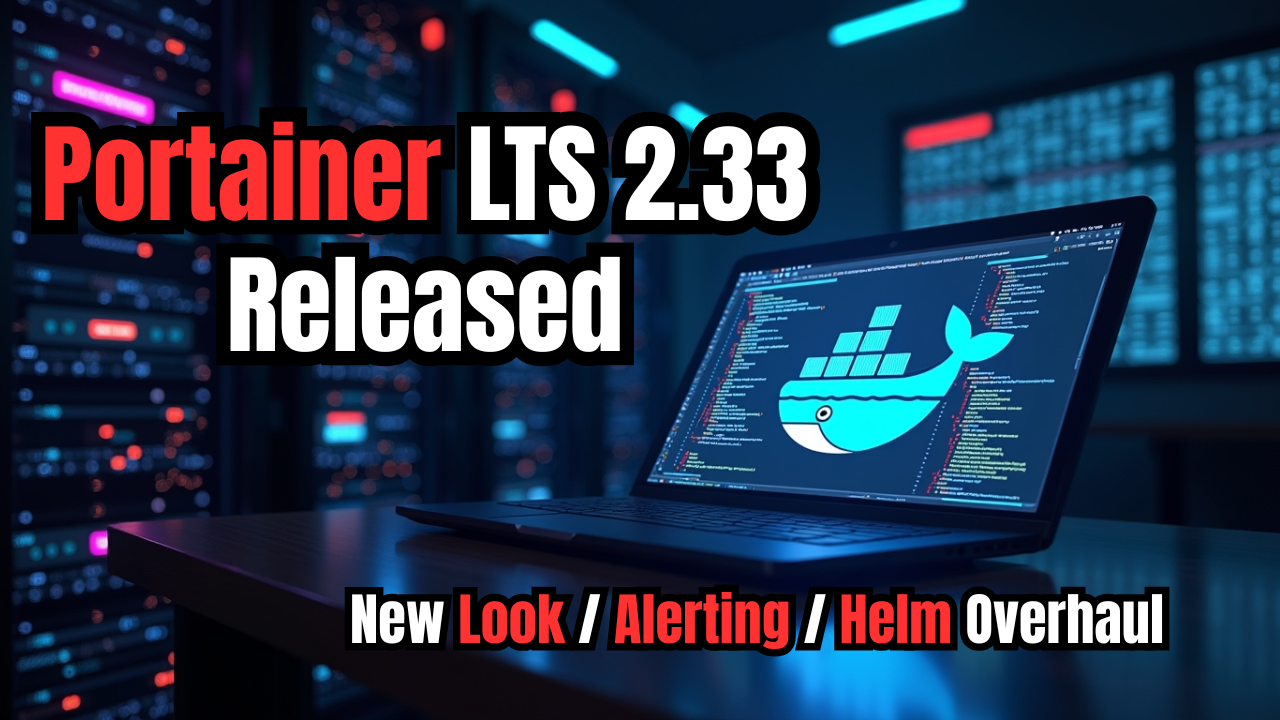
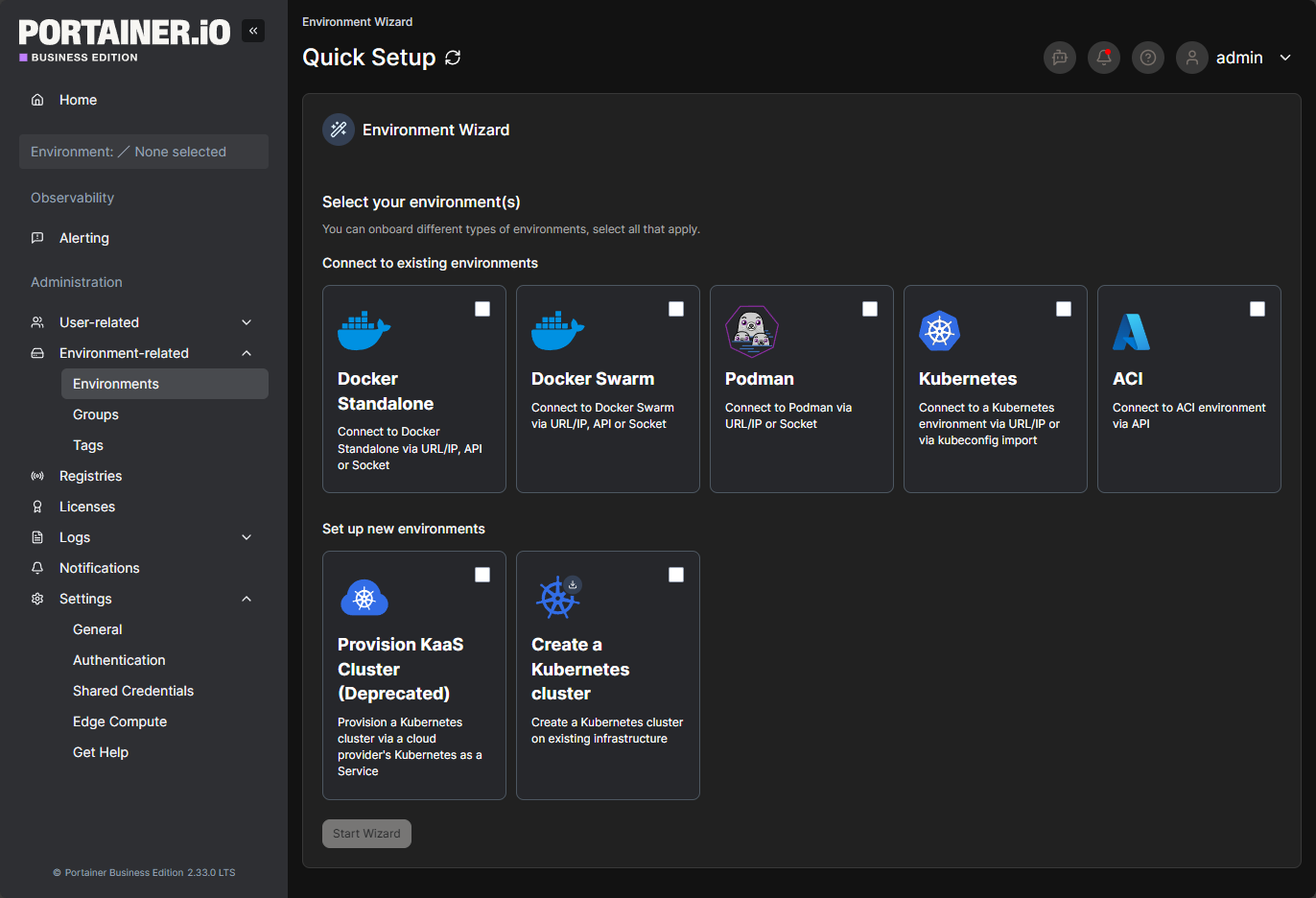
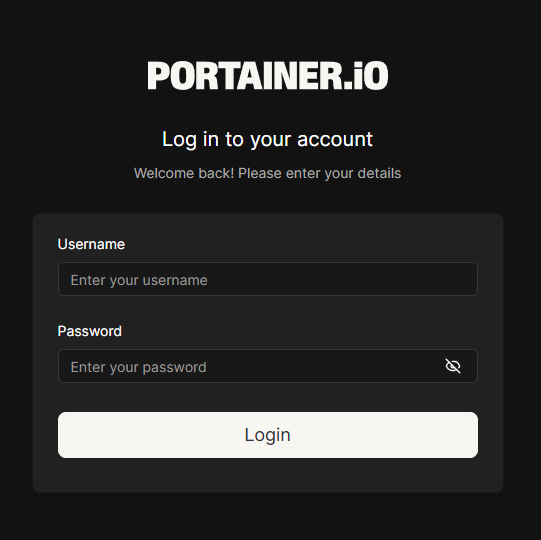
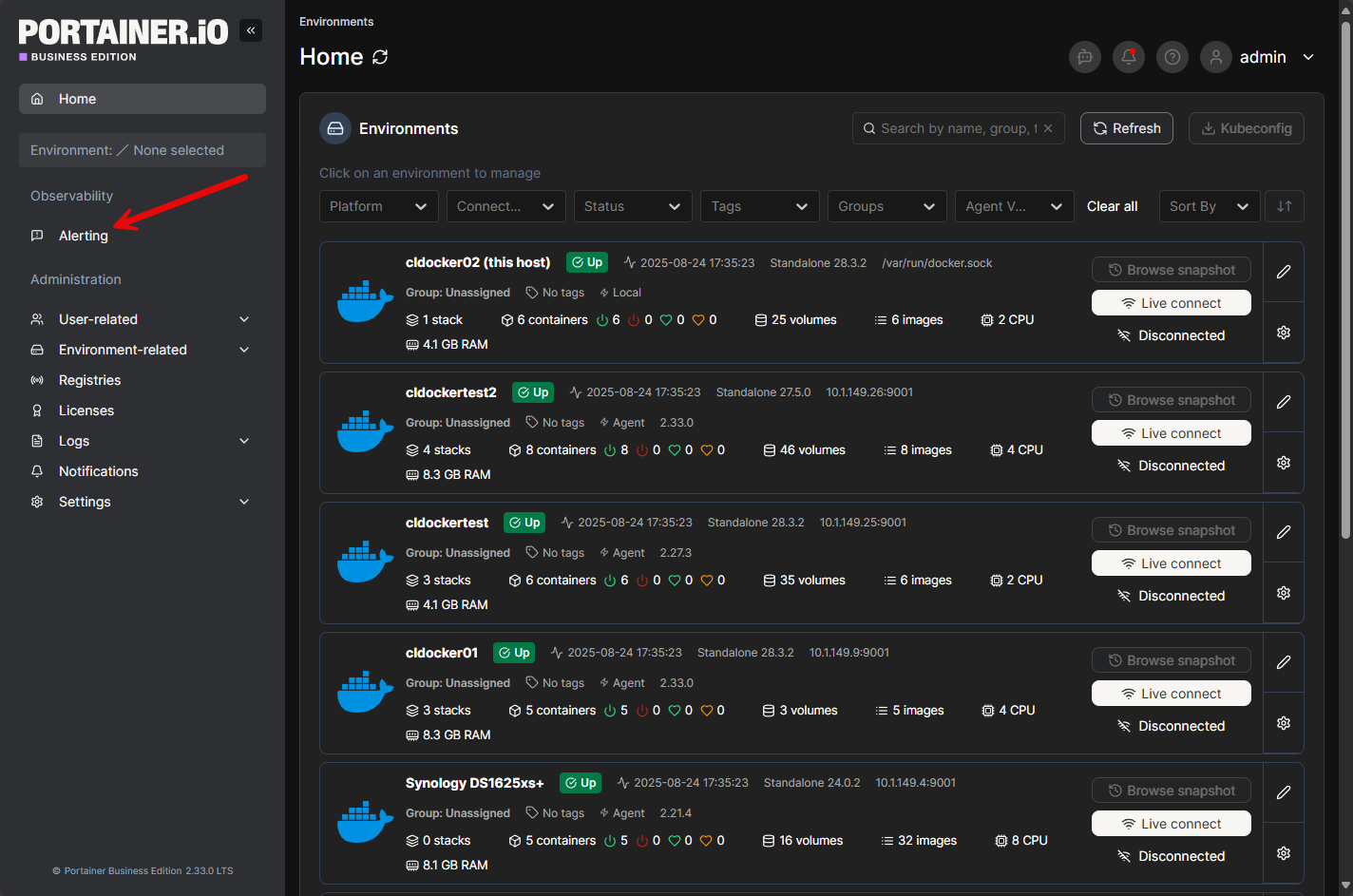
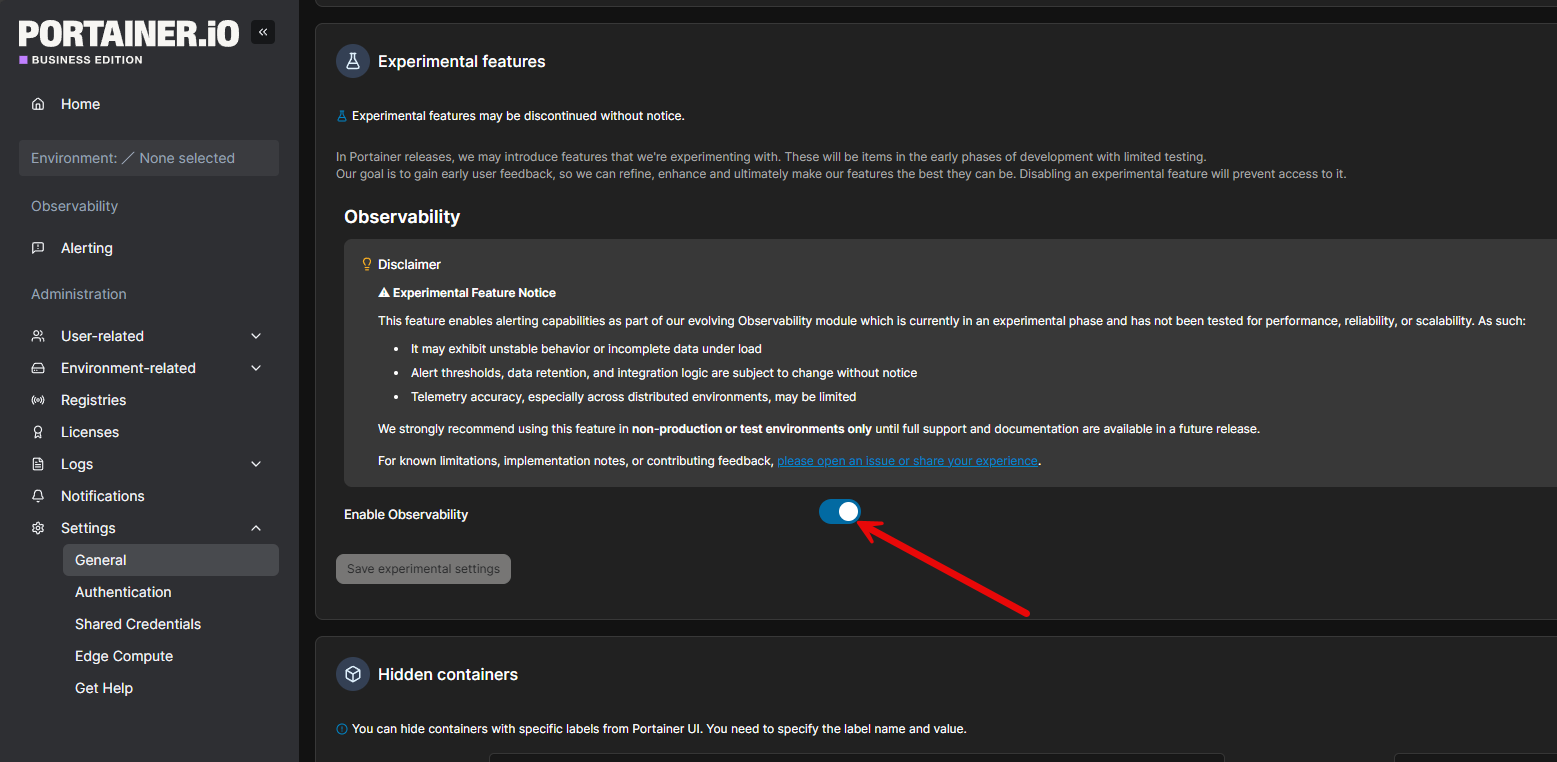
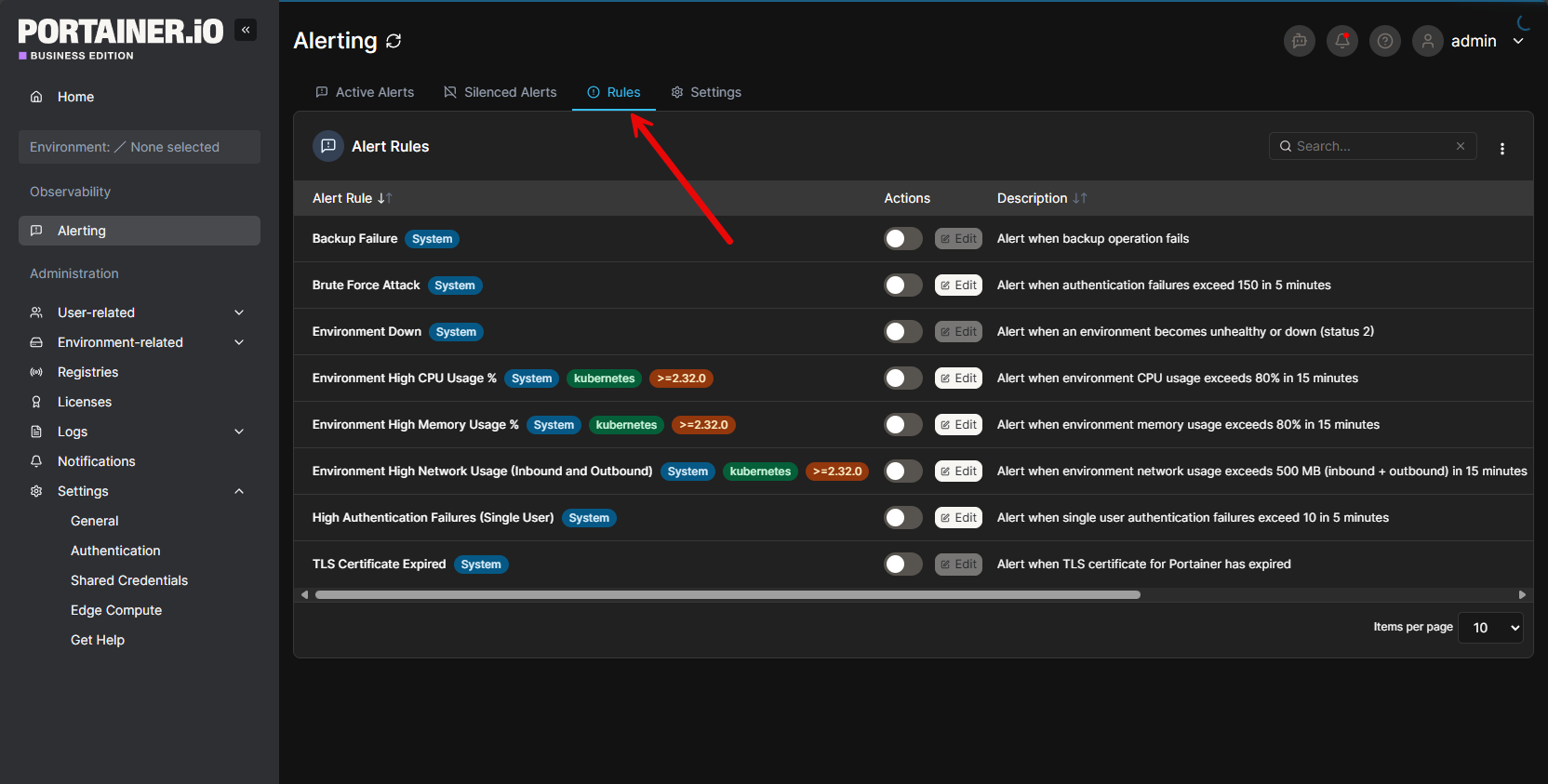
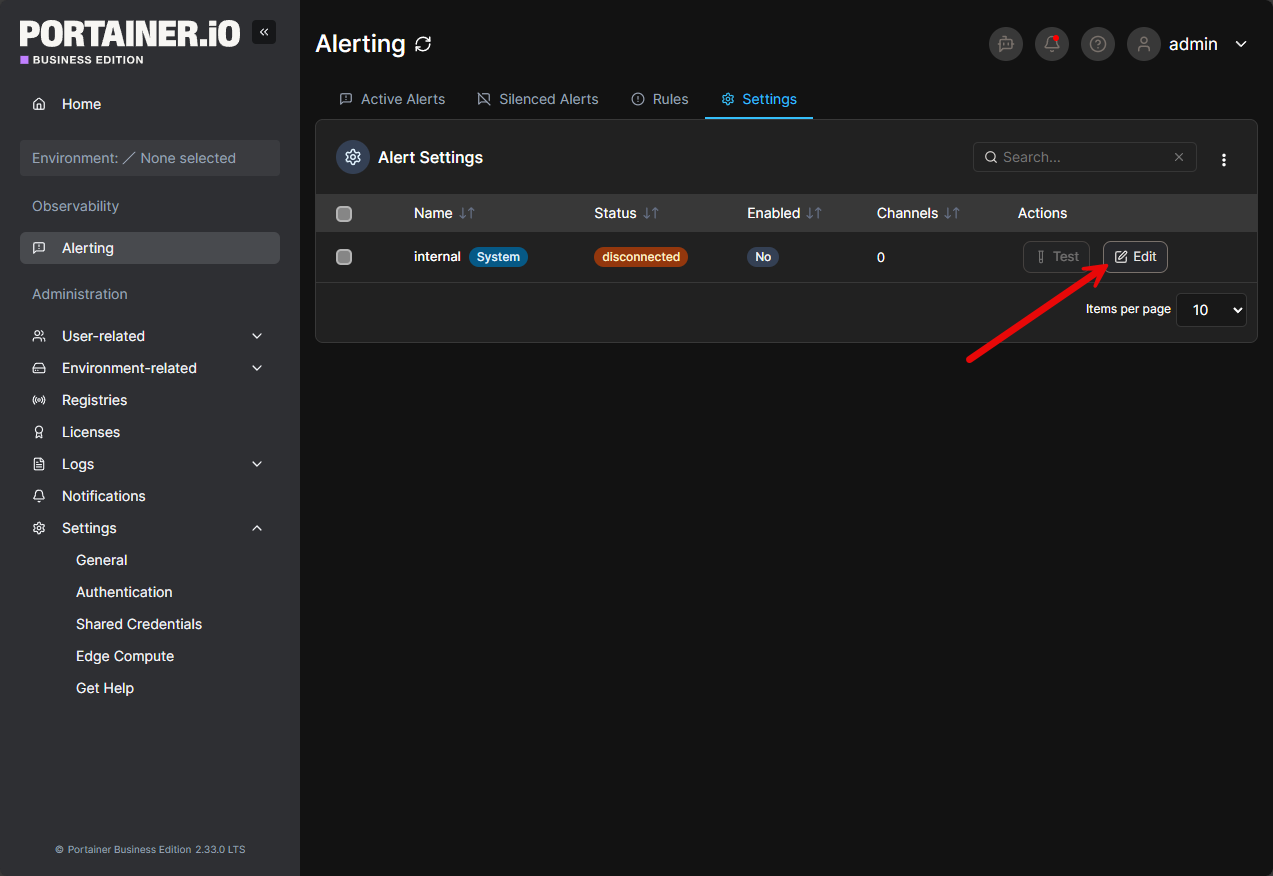
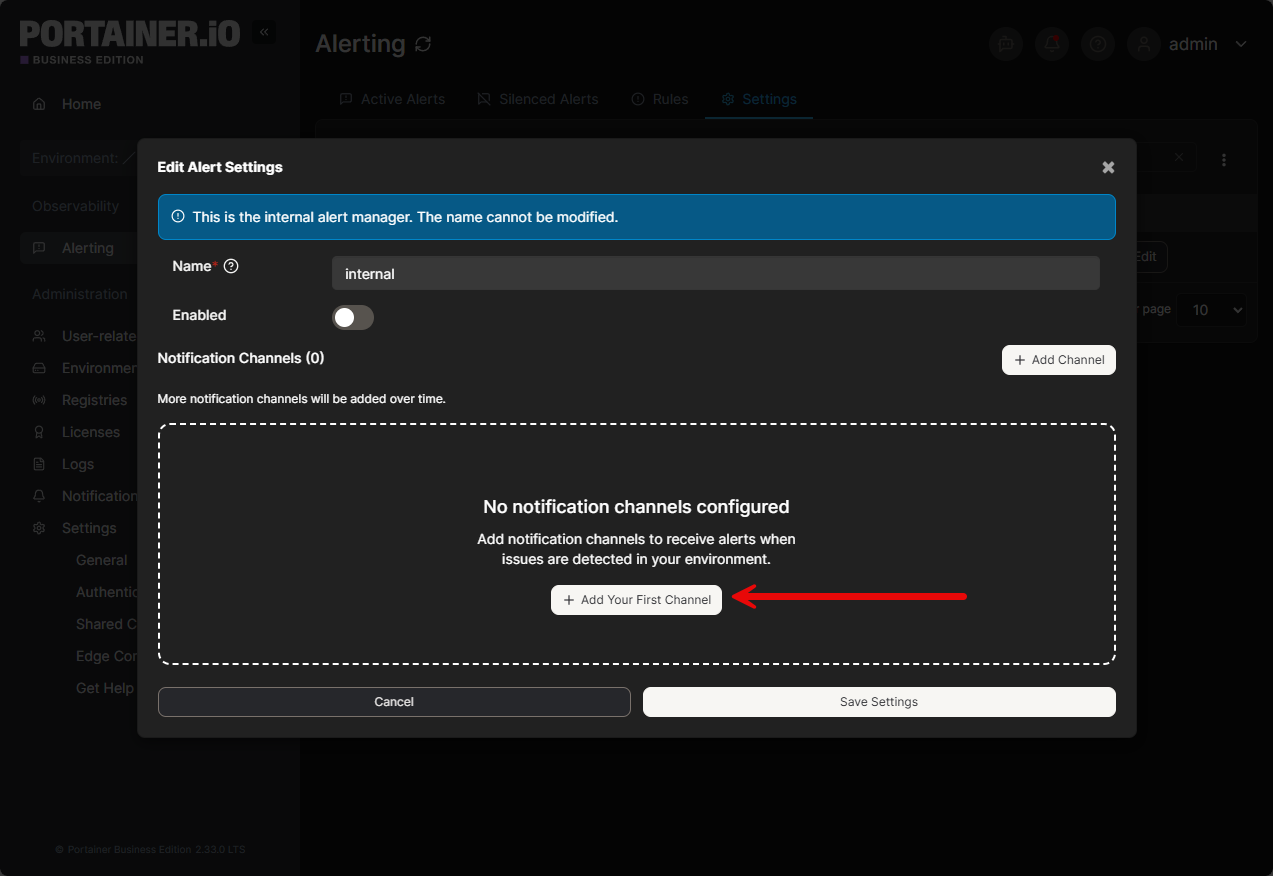
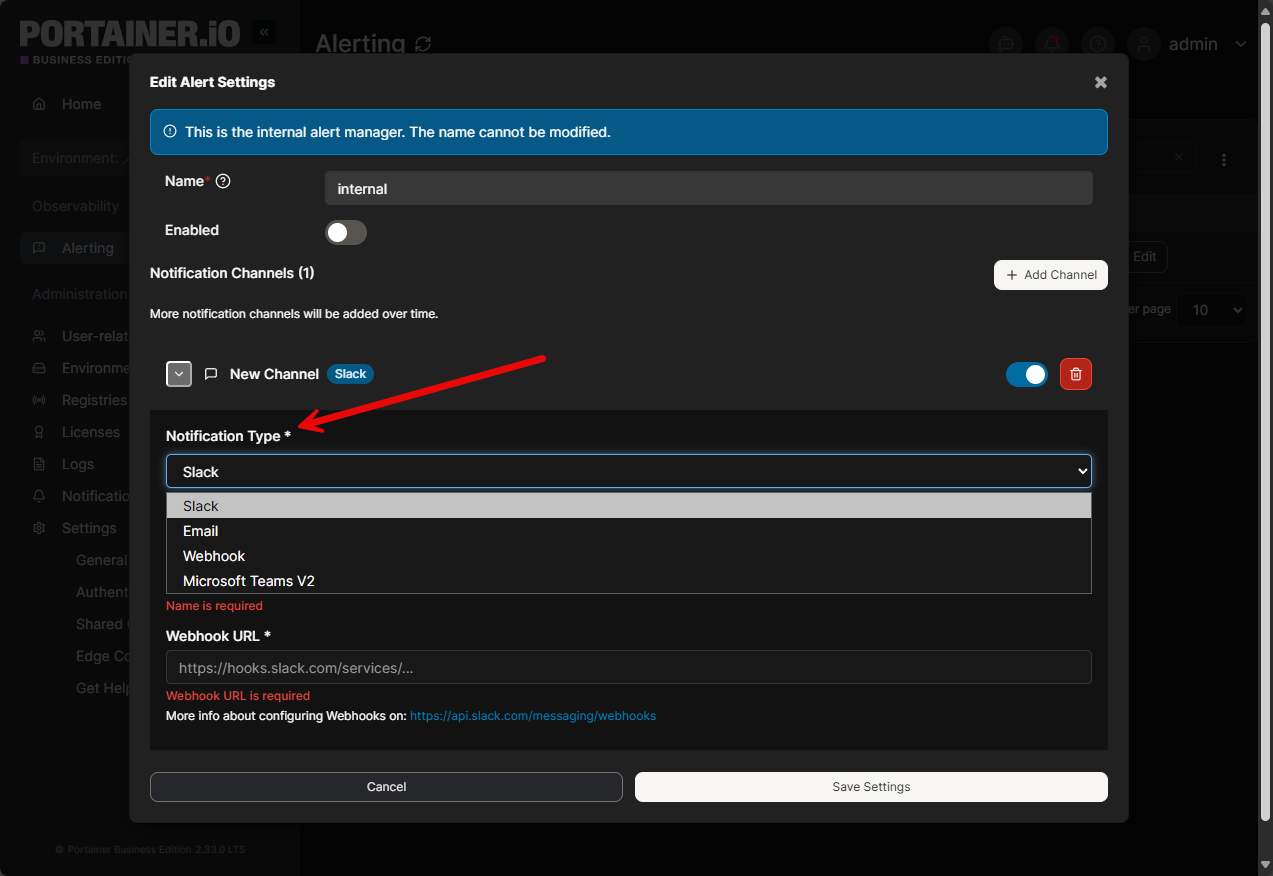
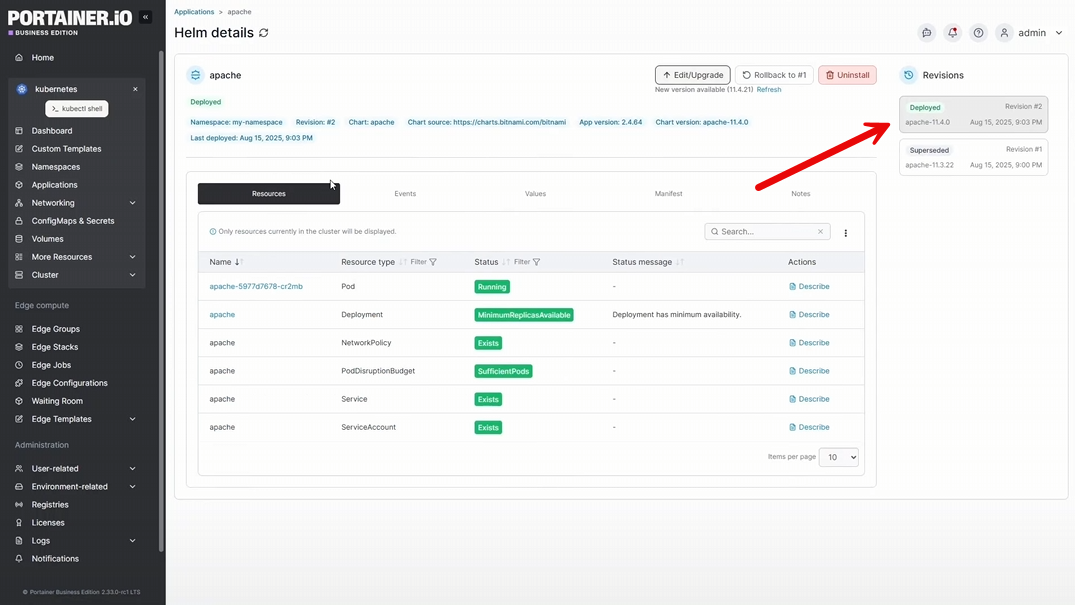
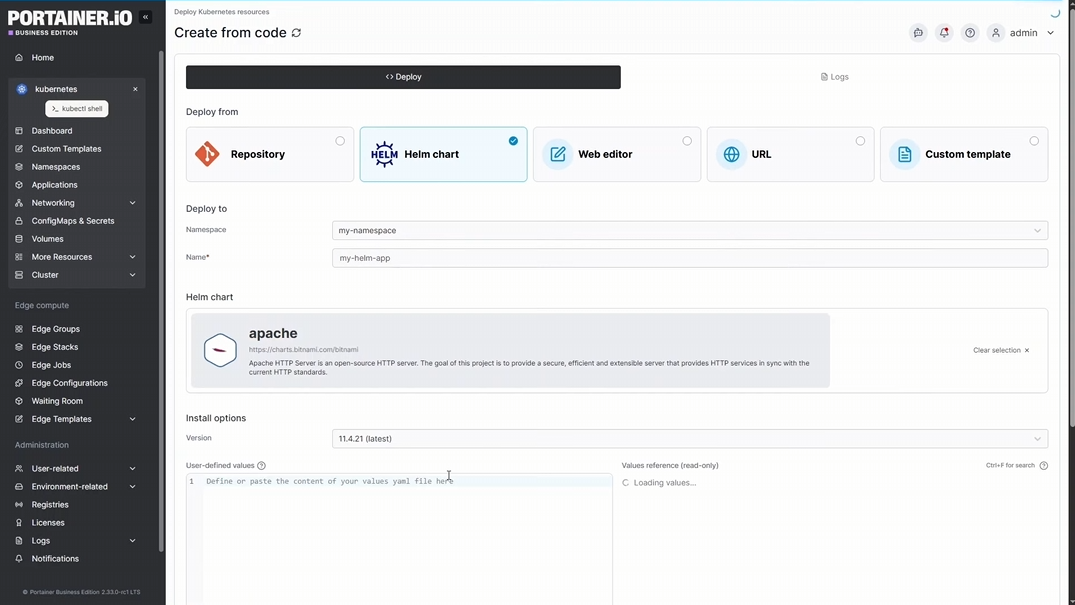
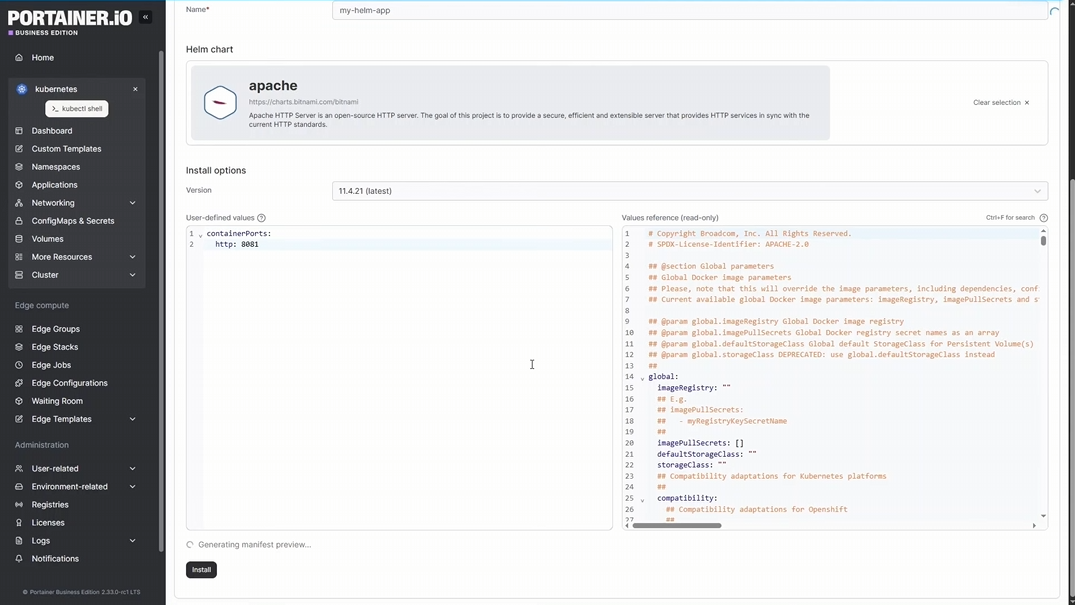
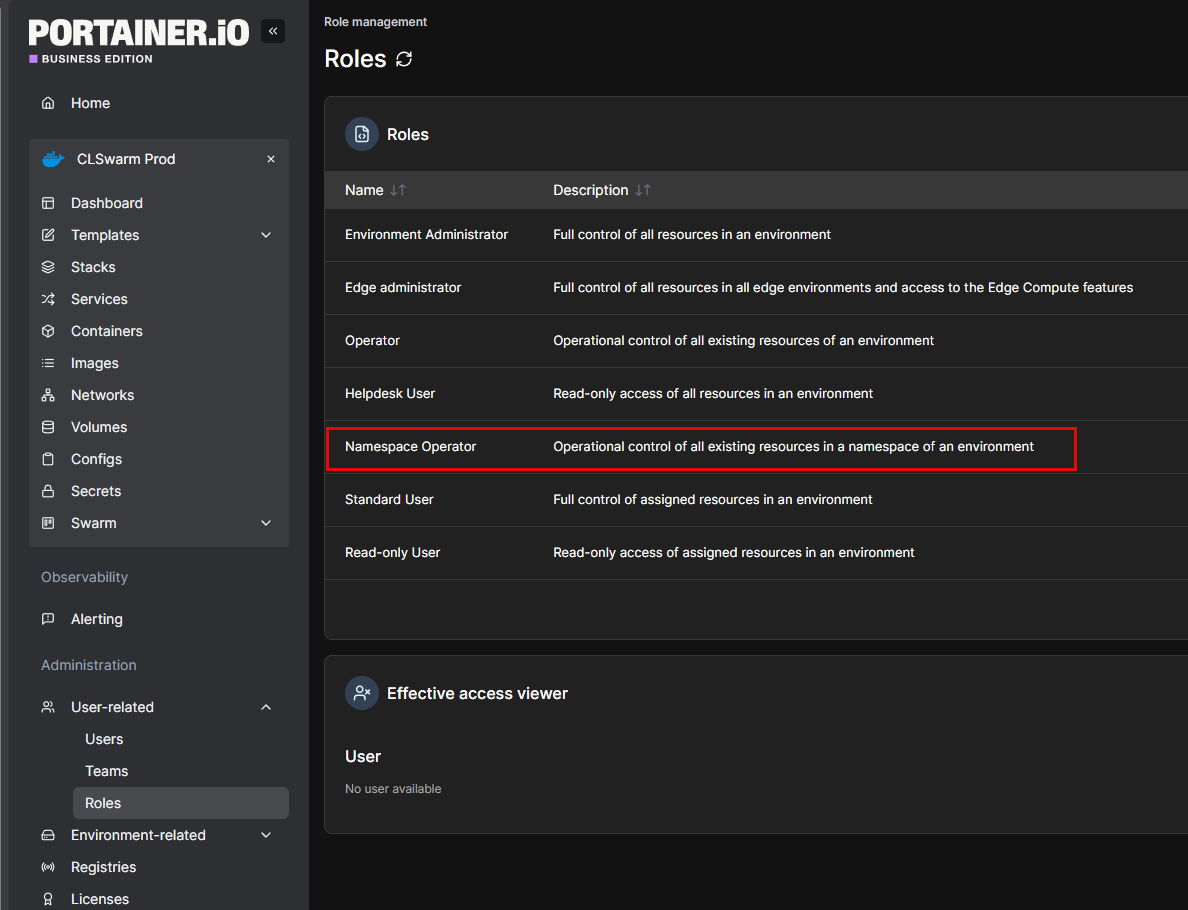
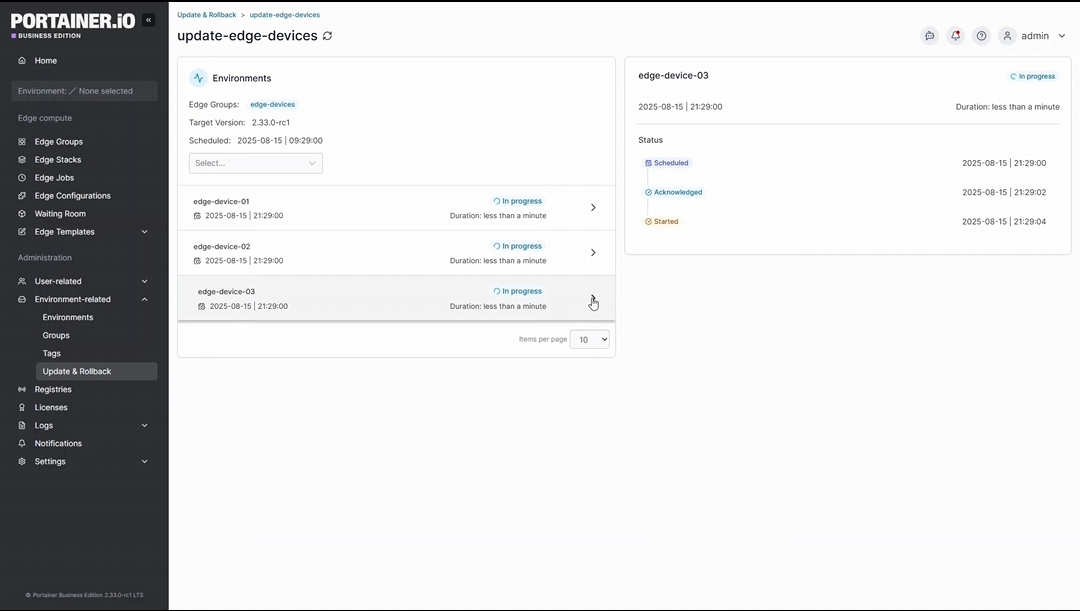
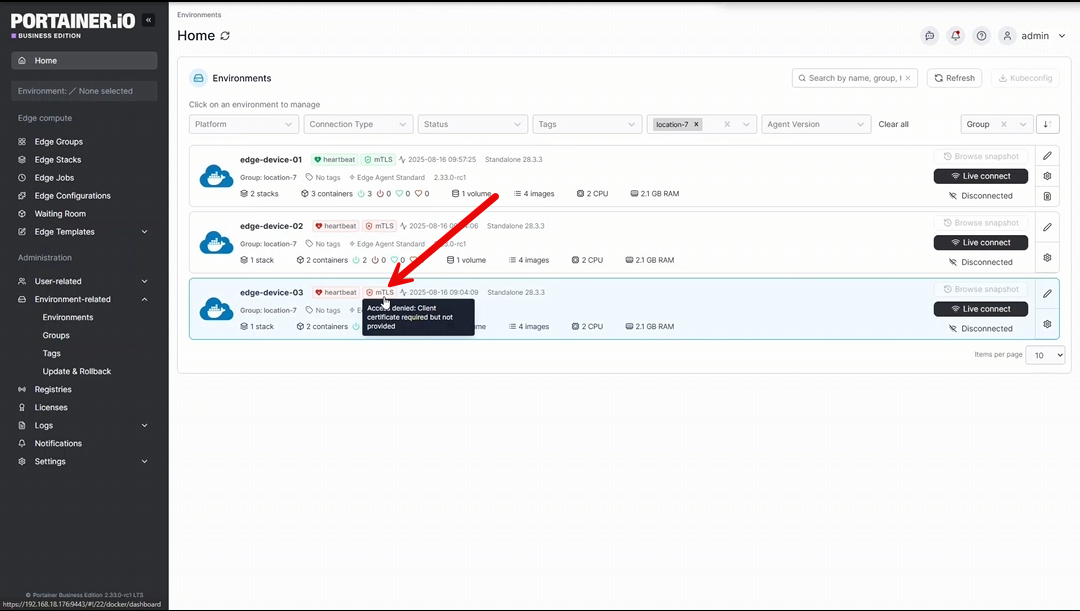
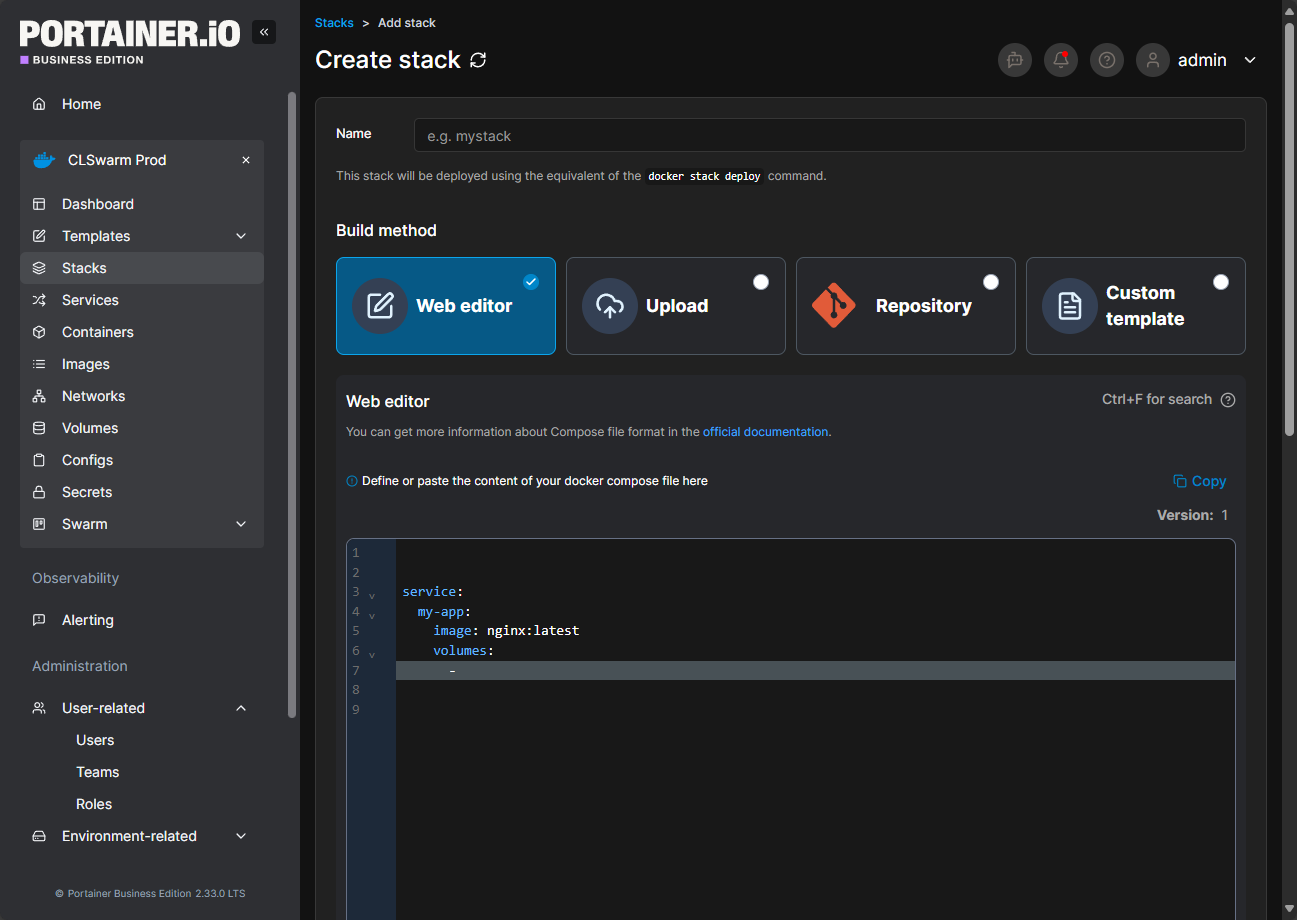
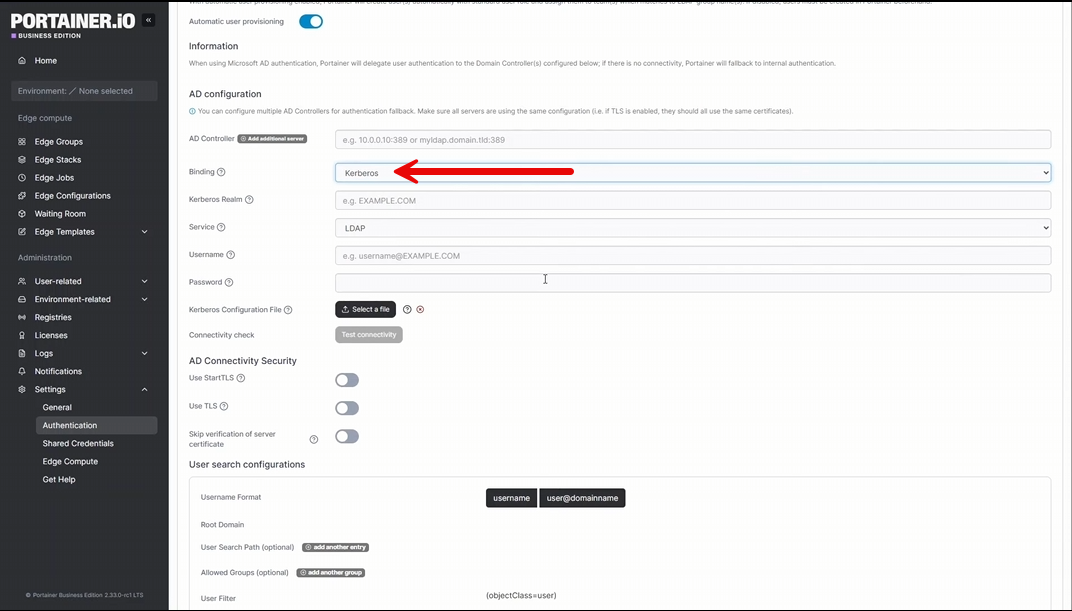
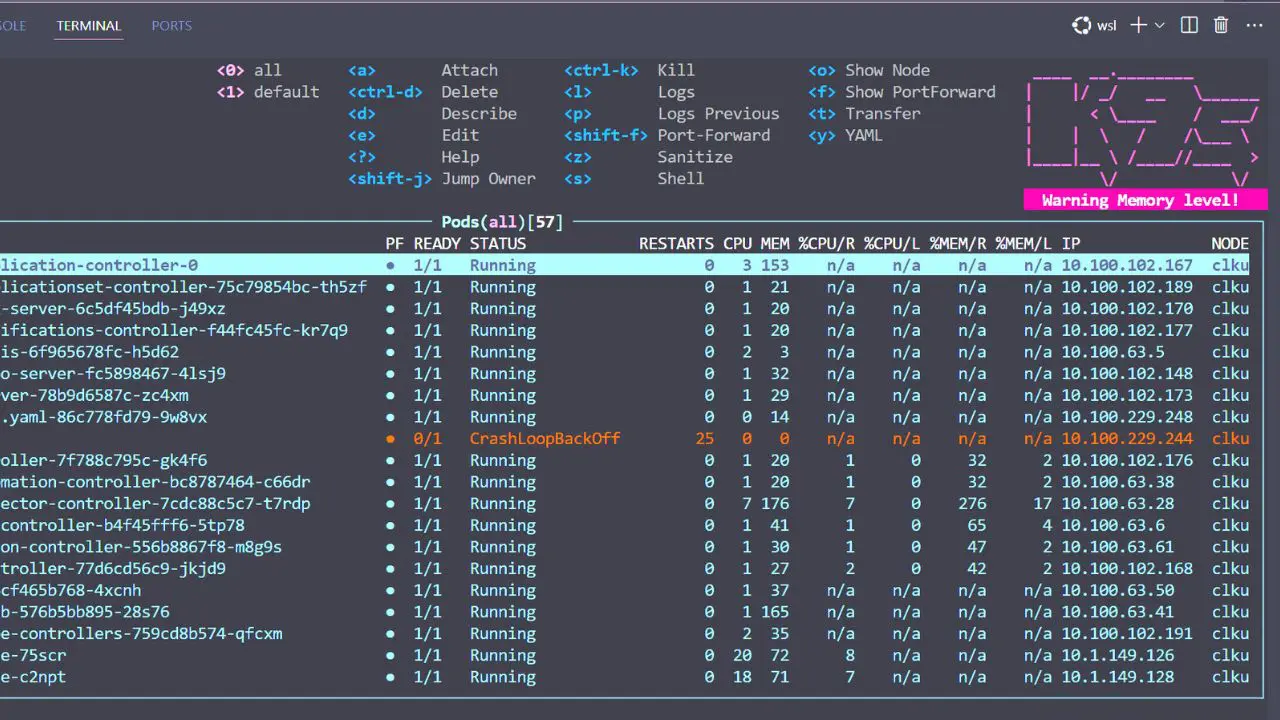
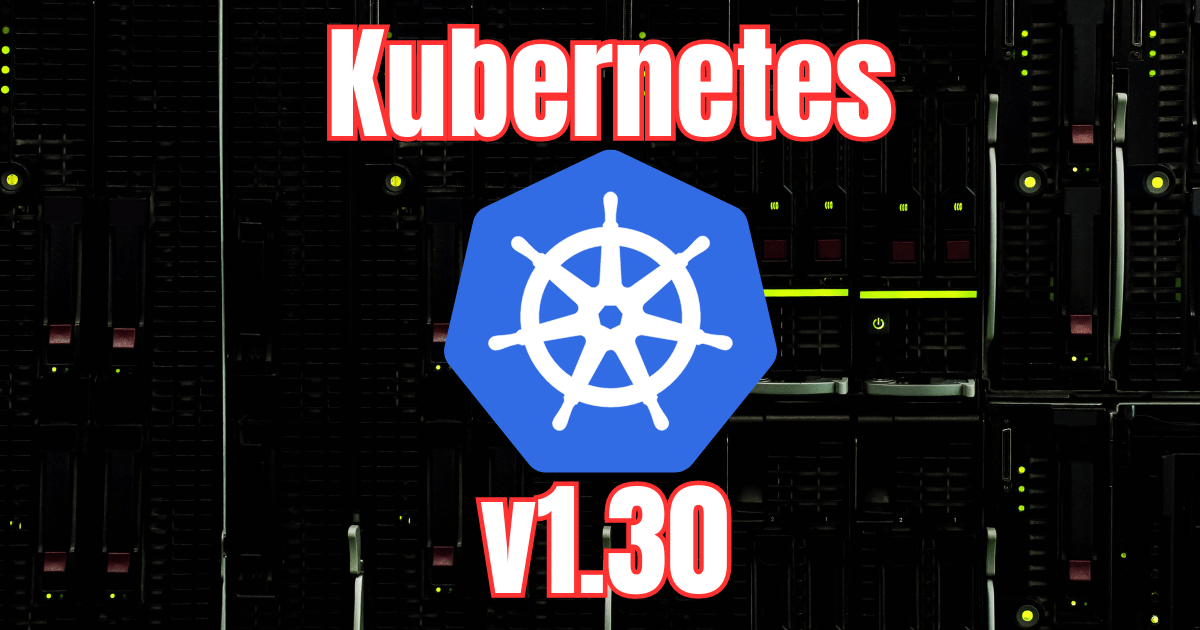
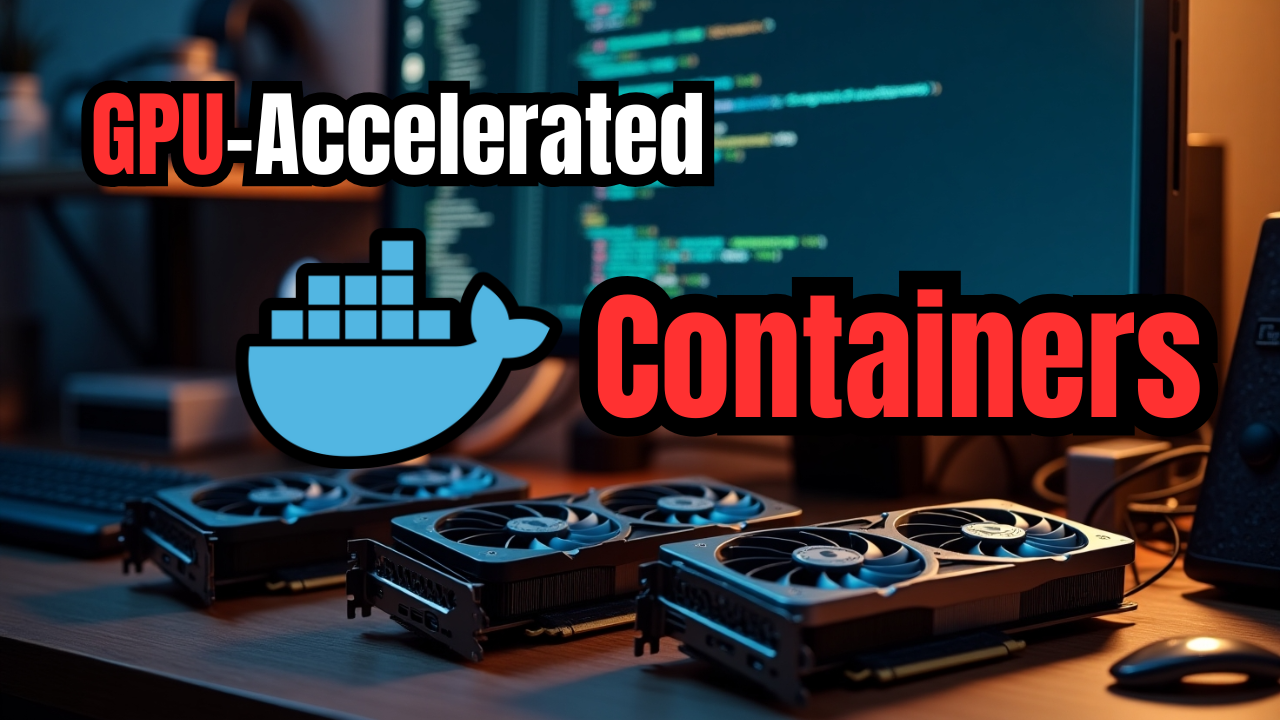
Hey Brandon, it would have been nice to indicate at top of the article that Observability is only available in the Business Edition and not the Community Edition.
BillyJoeLouBob,
Thank you for the comment. Good point and I will update the article to make this more clear. Thanks again.
Brandon